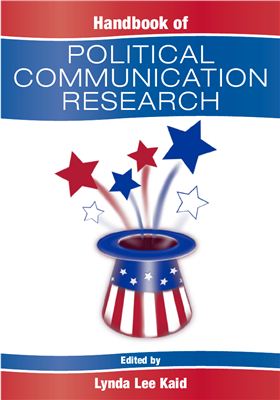This volume brings together the major thrusts of contemporary
research and theory in political communication. The approach
stresses theoretical overviews and research synthesis with the goal
of each chapter to provide an overview of the major lines of
research, theory and findings for that topic.
Lynda Kaid brings together top scholars to explore the state of political communication research. Part One contains chapters that discuss some of the theoretical background, history, structure, and diversity of the field. Part Two concentrates on messages that are predominant in the study of political communication, ranging from classical rhetorical modes to political advertising and debates. The next two sections focus on the news media coverage of politics, political issues, and political institutions followed by an emphasis on public opinion and the audiences of political communication. Part Five offers inteational perspectives on political communication with the inclusion of European and Asian approaches. The final section provides an opportunity to look at the newest channel in political communication study, the Inteet, and its role in changing the face of political communication.
As a comprehensive examination of the political communication field, the volume is intended for scholars and researchers in political communication, mass communication, and political science. It should also find readers in public opinion, political psychology and related areas.
Lynda Kaid brings together top scholars to explore the state of political communication research. Part One contains chapters that discuss some of the theoretical background, history, structure, and diversity of the field. Part Two concentrates on messages that are predominant in the study of political communication, ranging from classical rhetorical modes to political advertising and debates. The next two sections focus on the news media coverage of politics, political issues, and political institutions followed by an emphasis on public opinion and the audiences of political communication. Part Five offers inteational perspectives on political communication with the inclusion of European and Asian approaches. The final section provides an opportunity to look at the newest channel in political communication study, the Inteet, and its role in changing the face of political communication.
As a comprehensive examination of the political communication field, the volume is intended for scholars and researchers in political communication, mass communication, and political science. It should also find readers in public opinion, political psychology and related areas.

